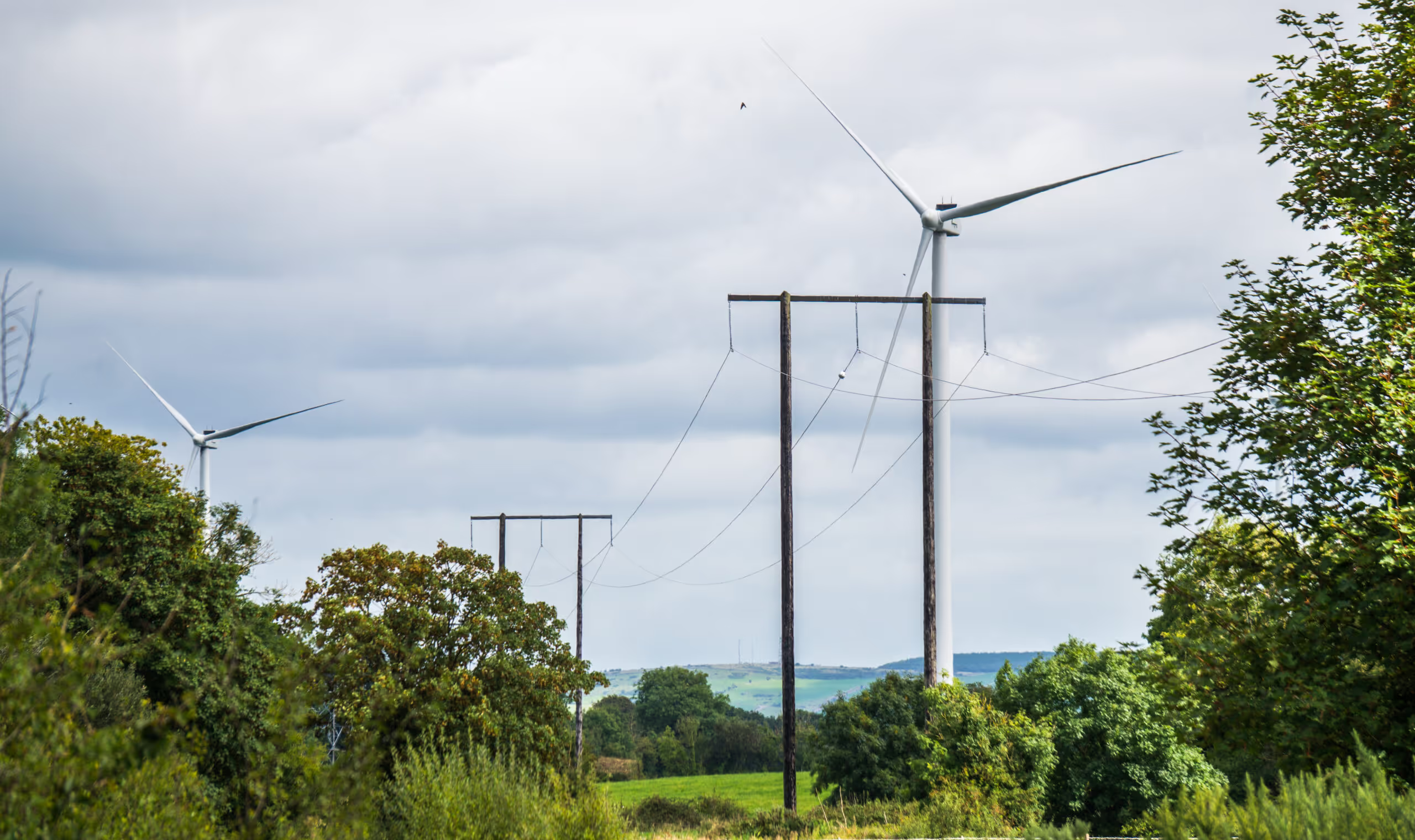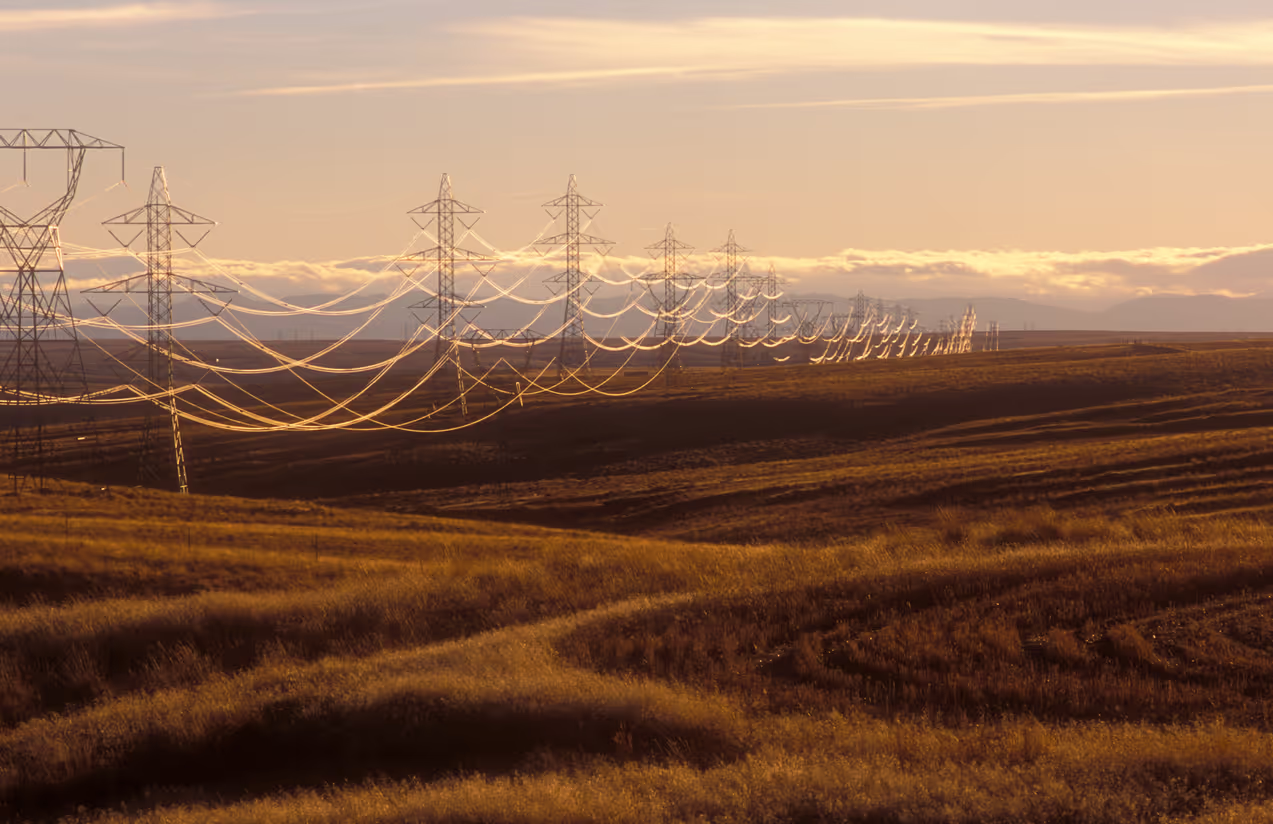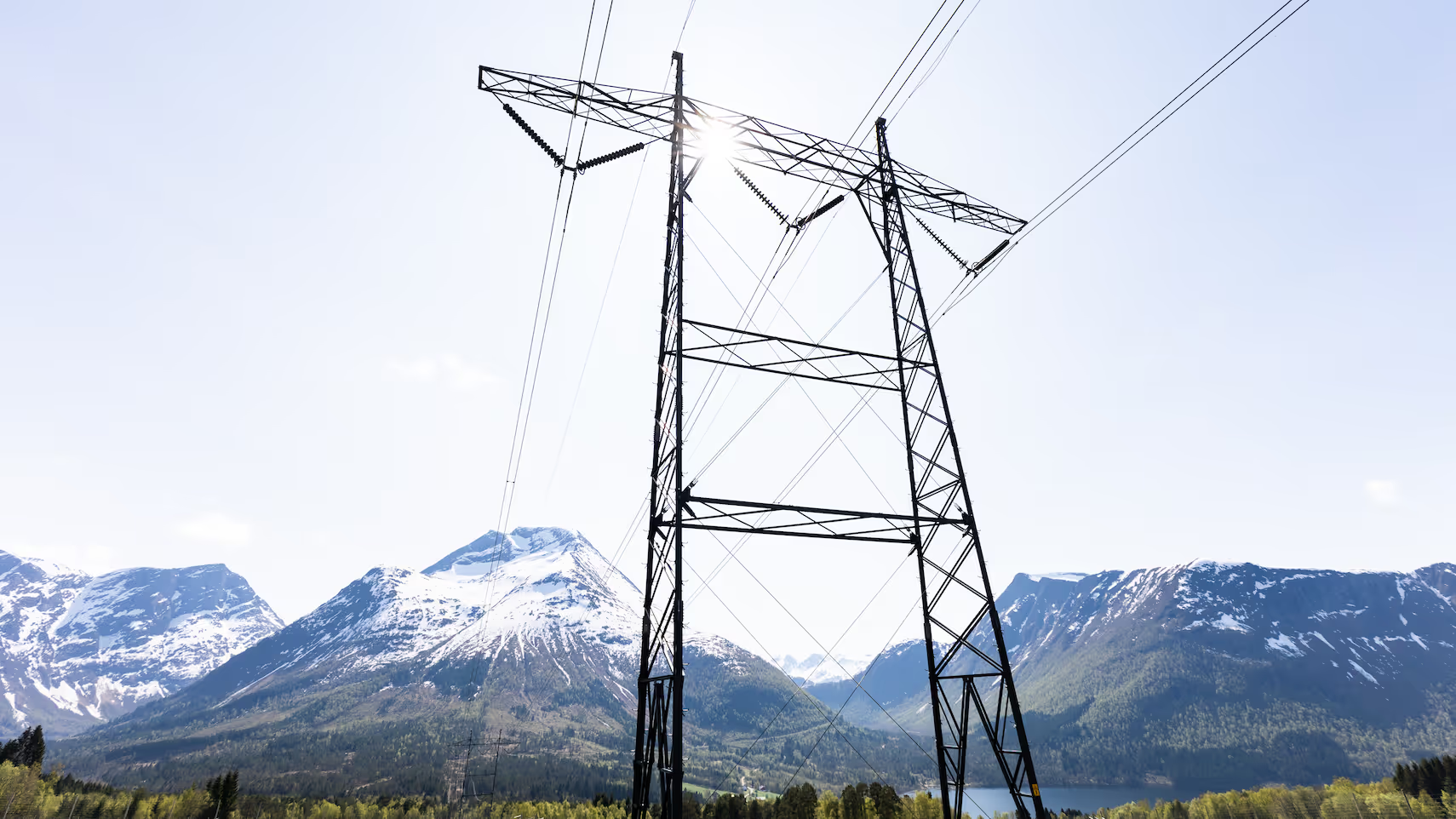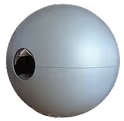Introduction
Dynamic Line Rating (DLR) technology is an innovative solution for improving the efficiency and reliability of power transmission by providing a real-time assessment of transmission line capacity. This technology is becoming increasingly important as the demand for a more resilient and efficient power grid grows. In this article, we will introduce the concept of DLR technology and explore its benefits and potential applications.
We will also discuss the future of DLR technology and its role in enabling the integration of more renewable energy sources into the power grid. Whether you are a utility operator, energy analyst, or simply interested in the latest advancements in energy technology, this article will provide a comprehensive overview of DLR technology and its potential to transform the power industry.
How Does Dynamic Line Rating Work?
Dynamic Line Rating (DLR) is a technology used to monitor the real-time capacity of overhead power transmission lines. Traditional line rating methods typically use conservative static values for power line capacity, which often results in unused transmission capacity or overheating if the line is pushed beyond its rated capacity. DLR technology provides a more accurate real-time assessment of transmission line capacity, enabling the full use of the line without compromising operational safety.
DLR technology allows utilities to better manage their transmission infrastructure by offering a more precise understanding of the transmission line’s capacity. This can help utilities optimize the use of existing infrastructure and defer costly upgrades. It also reduces the risk of overloading the line, which can lead to blackouts or other service disruptions.
It’s important to note that Dynamic Line Rating is not a new, unproven technology. In fact, it has been around for quite some time in various forms. The Technology Readiness Level (TRL) is currently judged to be at 9, indicating that this is a system-proven technology. This is evident as solutions from Heimdall Power already enable Dynamic Line Rating in multiple countries.
Dynamic Line Rating Sensors
Dynamic Line Rating sensors play a crucial role in monitoring various parameters of power transmission lines, as they collect real-time data on conductor temperature, line angle, ambient temperature, and more. The sensors transmit this data to a cloud solution or centralized control system, which uses advanced software algorithms to determine the line’s current capacity.
The Dynamic Line Rating software also considers factors such as conductor type, tower height, wind speed, and the terrain through which the line passes. This enables utilities to utilize the full capacity of the line without compromising safety.
On the right, you can see an illustration of the virtual and physical sensors from Heimdall Power.
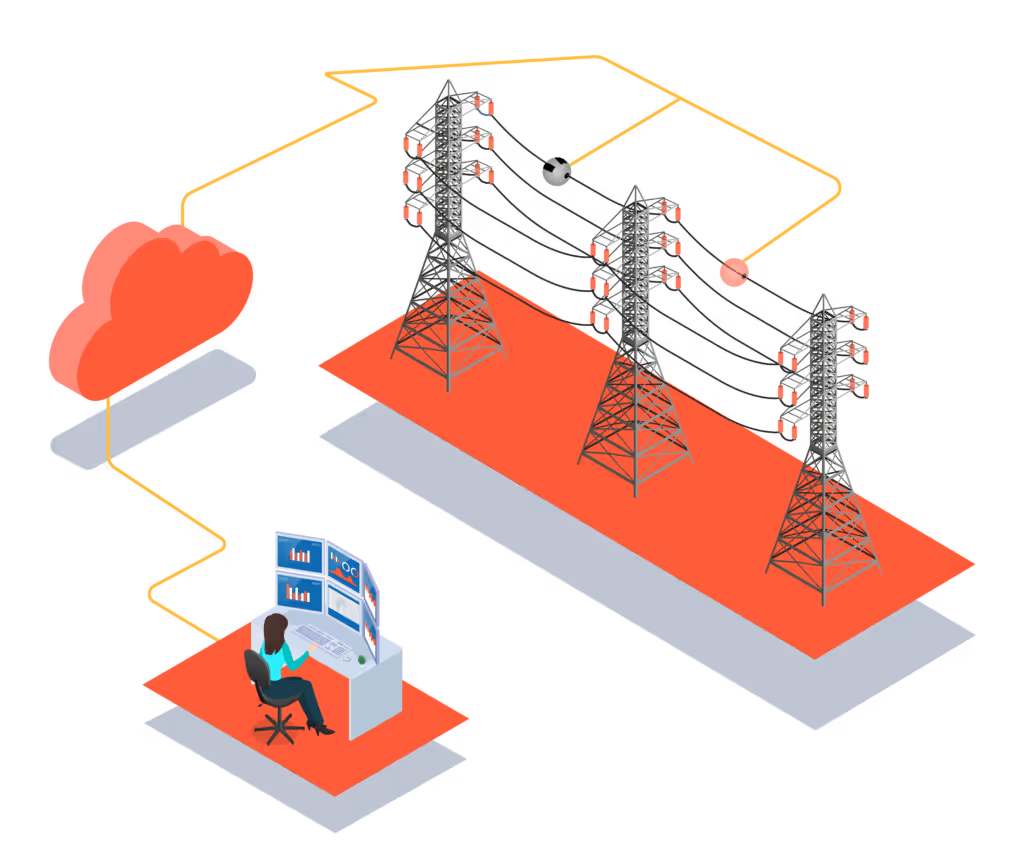
DLR vs. AAR: What Are the Differences?
One key advantage of Dynamic Line Rating (DLR) over Ambient Adjusted Rating (AAR) is its ability to provide a more accurate and up-to-date assessment of a power line’s actual capacity. AAR ratings are typically based on historical data and adjusted for temperature and other factors, but they don’t consider real-time conditions. This means that during periods of high demand, AAR ratings may be overly conservative or aggressive, leading to underutilization or overuse of the power grid. Using real-time conductor data, DLR offers a much more precise picture of a power line’s capacity. This allows utilities to manage their grids more safely and efficiently, although it generally comes at a higher price point.
Benefits of Implementing DLR Technology
Dynamic Line Rating (DLR) technology offers numerous benefits. First and foremost, it enables utilities to better manage their transmission infrastructure by providing an accurate understanding of the transmission line’s actual capacity. DLR also helps optimize the use of existing infrastructure, deferring the need for costly upgrades and reducing the risk of blackouts or other service disruptions.
Additionally, Dynamic Line Rating facilitates the integration of more renewable energy sources into the power grid, directly contributing to the reduction of greenhouse gas emissions while increasing grid resiliency. Renewable energy sources like wind and solar are often located in remote areas, requiring long transmission lines to reach the grid. DLR technology can increase the capacity of these lines, ensuring that renewable energy sources are fully utilized. Using DLR sensors can also reduce the risk of wildfires caused by overloading transmission lines, which is particularly important in dry areas with high winds or other extreme weather conditions.
To Summarize
Dynamic Line Rating technology is an innovative solution for improving the efficiency and reliability of power transmission by providing a real-time assessment of transmission line capacity. It helps utilities optimize the use of existing infrastructure, defer costly upgrades, and reduce the risk of blackouts and other service disruptions. DLR also enables the integration of more renewable energy sources into the power grid, contributing to the reduction of greenhouse gas emissions and increasing grid resiliency.
Would you like to learn more about Dynamic Line Rating? Heimdall Power is a world leader in DLR technology and expertise, and we’d be happy to help you enhance your knowledge or upgrade your grid (or both). Contact us via email, or use the button below to request more information.
